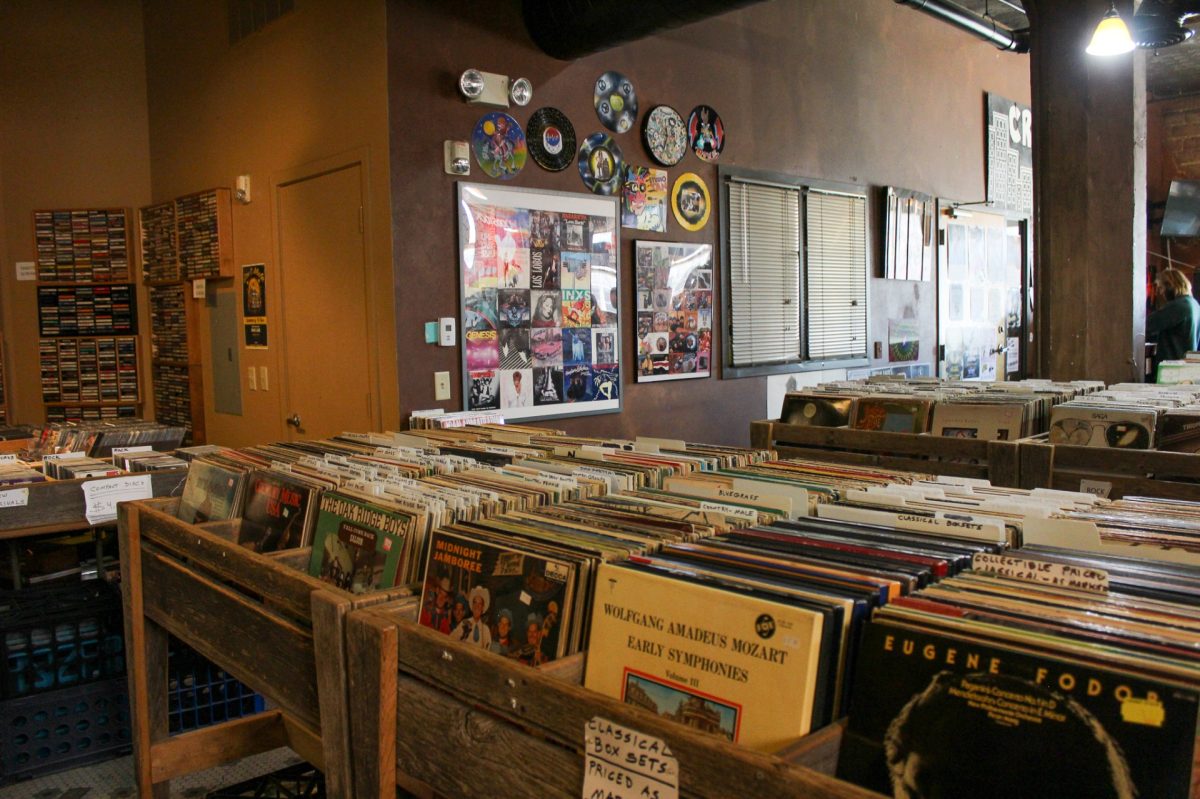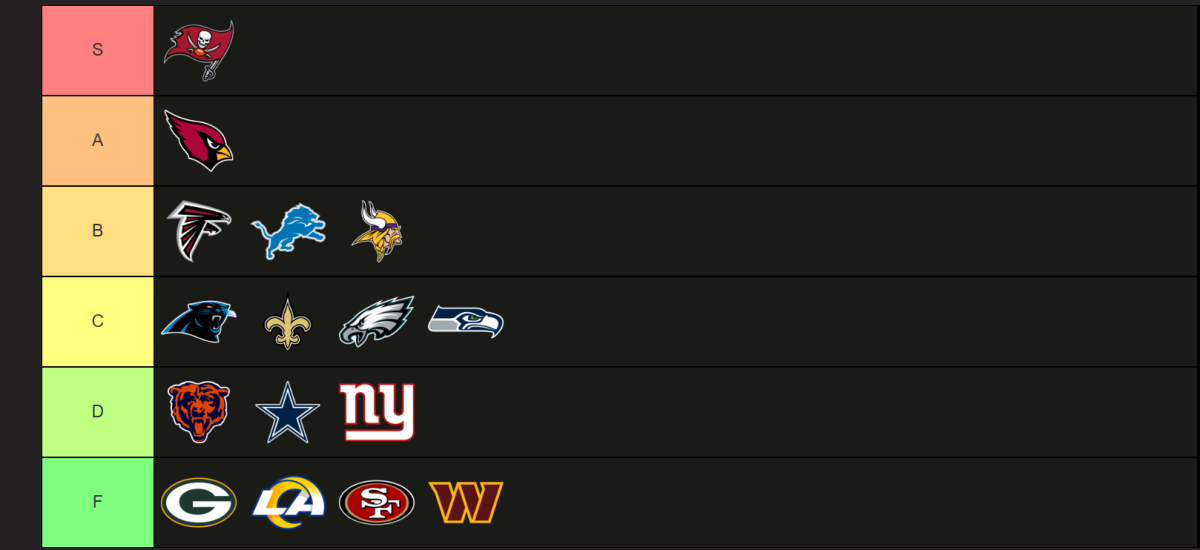E-85 cleaner and helps out economy
December 7, 2004
Miranda Malo
What if I told you there is a fuel available that is cheaper, burns cleaner, and helps our economy more than traditional gasoline?
Well, there is.
In recent weeks, while working on an article for the magazine writing course that I’m taking, I’ve come to a realization: very few people know anything about E-85. I’ve made it my mission to change that.
E-85 is a blend of ethanol, a renewable fuel made from corn. It is, as it’s name would suggest, made of 85 percent ethanol and 15 percent traditional fossil fuel.
You should care about it because it could save you a lot of money. E-85 is typically 20 to 30 cents cheaper per gallon than regular gasoline. At the time that I wrote this article E-85 was only 17 cents cheaper in Brookings. It was $1.72 while regular gas was $1.89.
The only place that sells this renewable fuel in Brookings is the BP Station near the interstate.
For those of you who are unmotivated by personal economics, it also helps the United States economy in two ways. First, it increases the bottom line for farmers. Currently between 11 and 13 percent of the nation’s corn production is used to make ethanol, which has caused an estimated fifteen to twenty cent per bushel increase in price of corn. Secondly, E-85 decreases our dependence on foreign oil.
Not to mention it is better for the environment. It has the highest oxygen content of any fuel on the market, so it burns cleaner.
The biggest caveat is that it slightly decreases gas mileage.
“There is a lit bit of drop in efficiency. It is so much less expensive than unleaded gasoline that it more than compensates,” said John Caupert, who sits on the ethanol committee of the National Corn Growers’ Association.
This approximate five percent drop in efficiency is, however, accompanied by an increased performance in the way of horsepower. And to be fair, things like aggressive driving or low tire pressure could decrease gas mileage even more.
So weighing the pros and cons, why not use E-85? Reduce toxic emissions, save yourself some cash, and help your agricultural neighbors out.
But before you all go rushing to the East edge of town to fill-up with E-85, there is a catch. You must drive a flex-fuel vehicle to use E-85. (A flex-fuel vehicle is one that can run on E-85, gasoline, or any combination of the two.)
If you put E-85 in a vehicle that’s not a flex-fuel vehicle it won’t “ruin” it on the spot, but prolonged use isn’t good. The vehicles should be specially equipped to read the higher amounts of oxygen in E-85 fuel.
Ford, GM, and DaimlerCrysler all make flex-fuel models, so either consult your owner’s manual or go to the National Ethanol Vehicle Coalition Web site (www.E85fuel.com) to find out if your model is one of them. The same Web site also contains a listing by state of fueling stations that carry E-85.
So if you’re one of the millions of Americans who own a flex-fuel vehicle, but you’re not included in the two percent that take advantage of it, start. Fuel up with E-85.
Miranda Malo is a junior ag journalism major.
#1.885441:4121763657.jpg:Mirandacolumnmugshot.jpg::





















